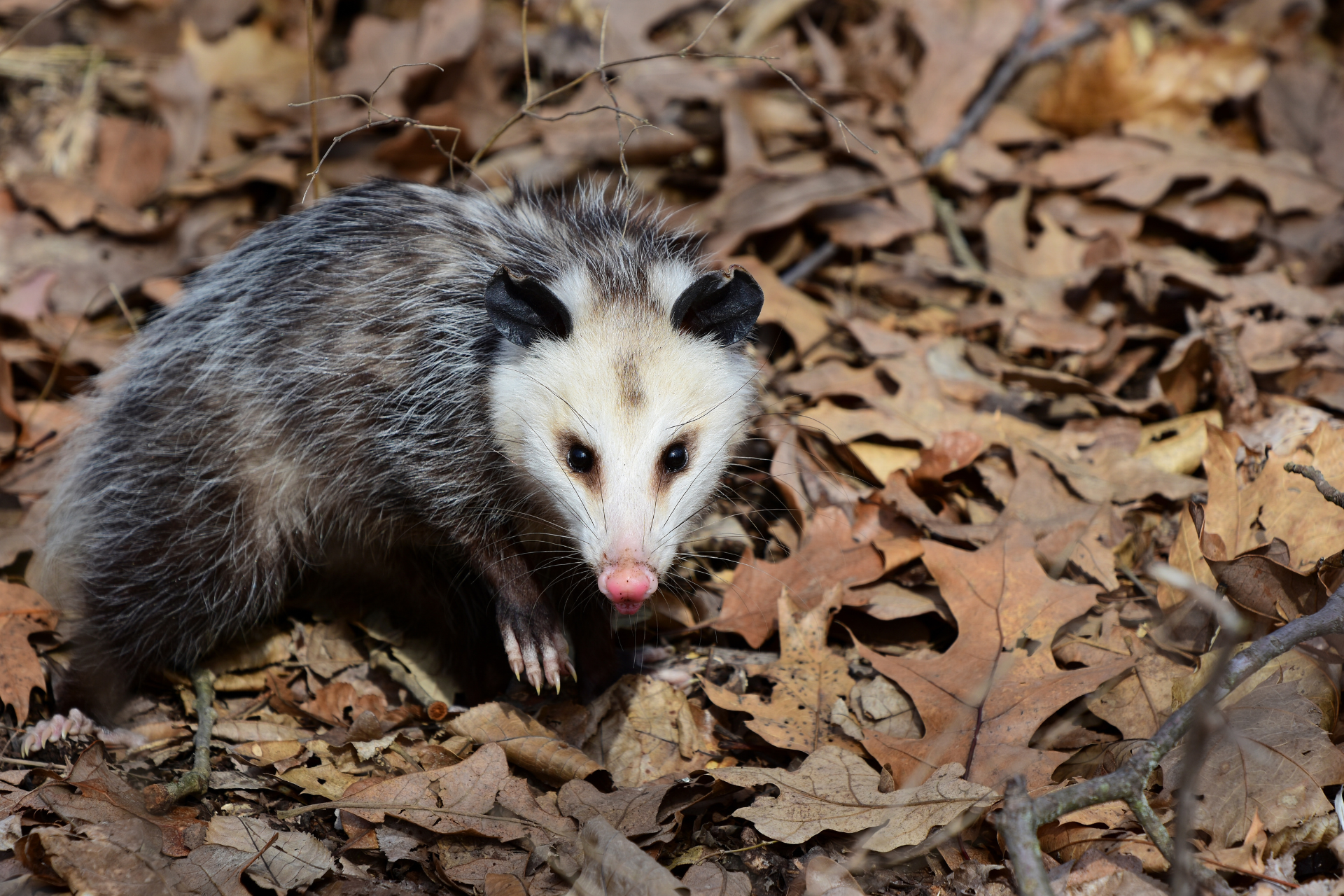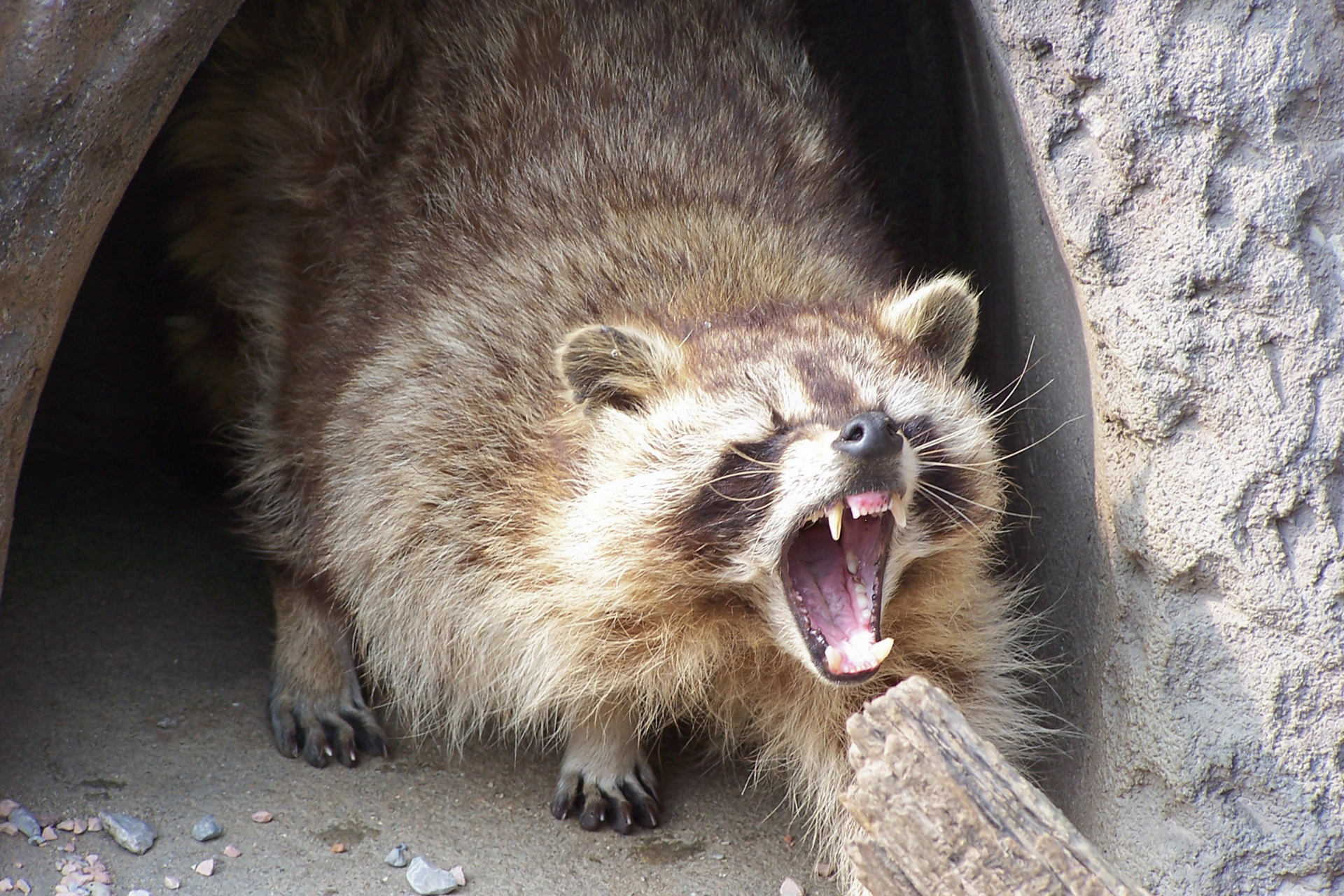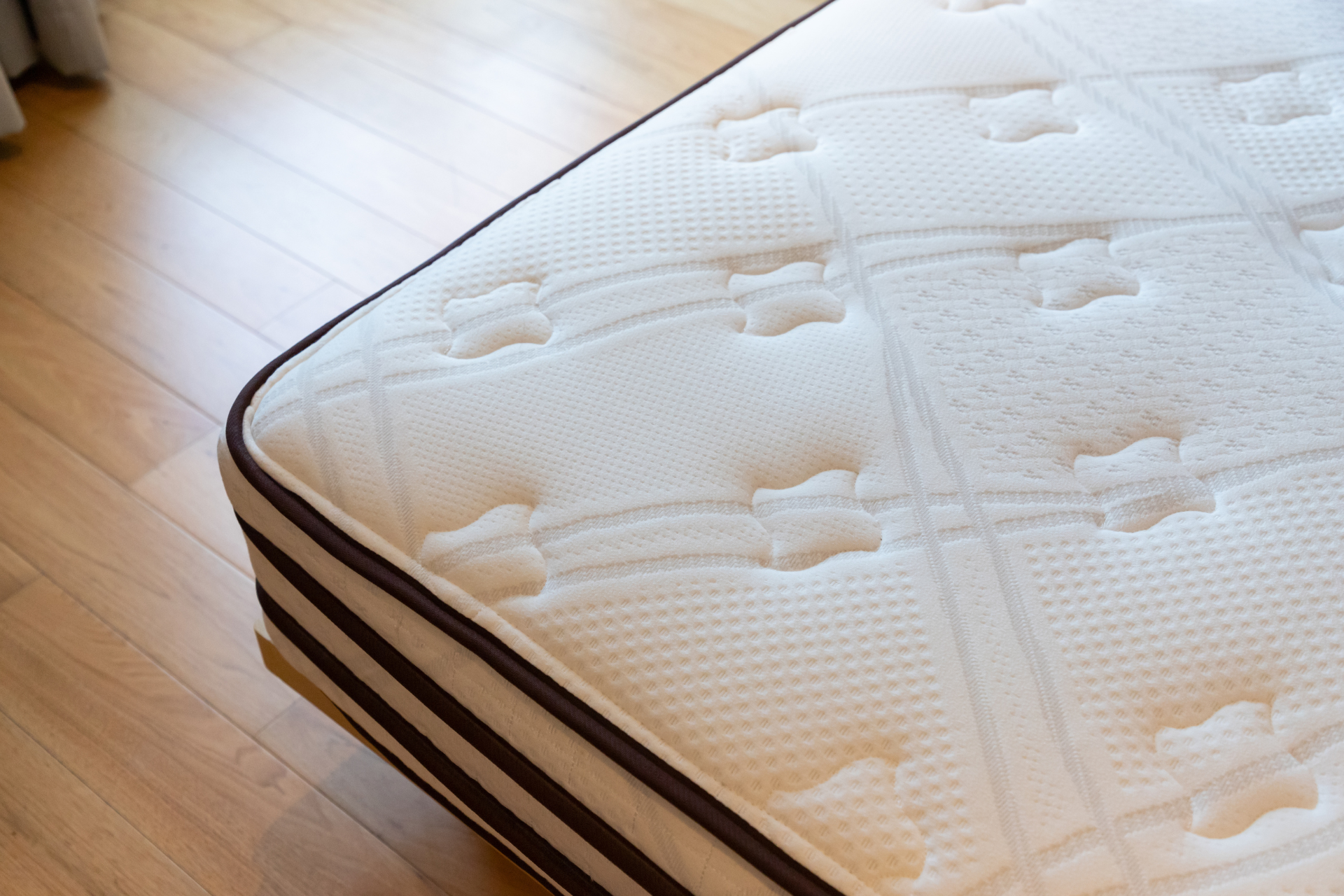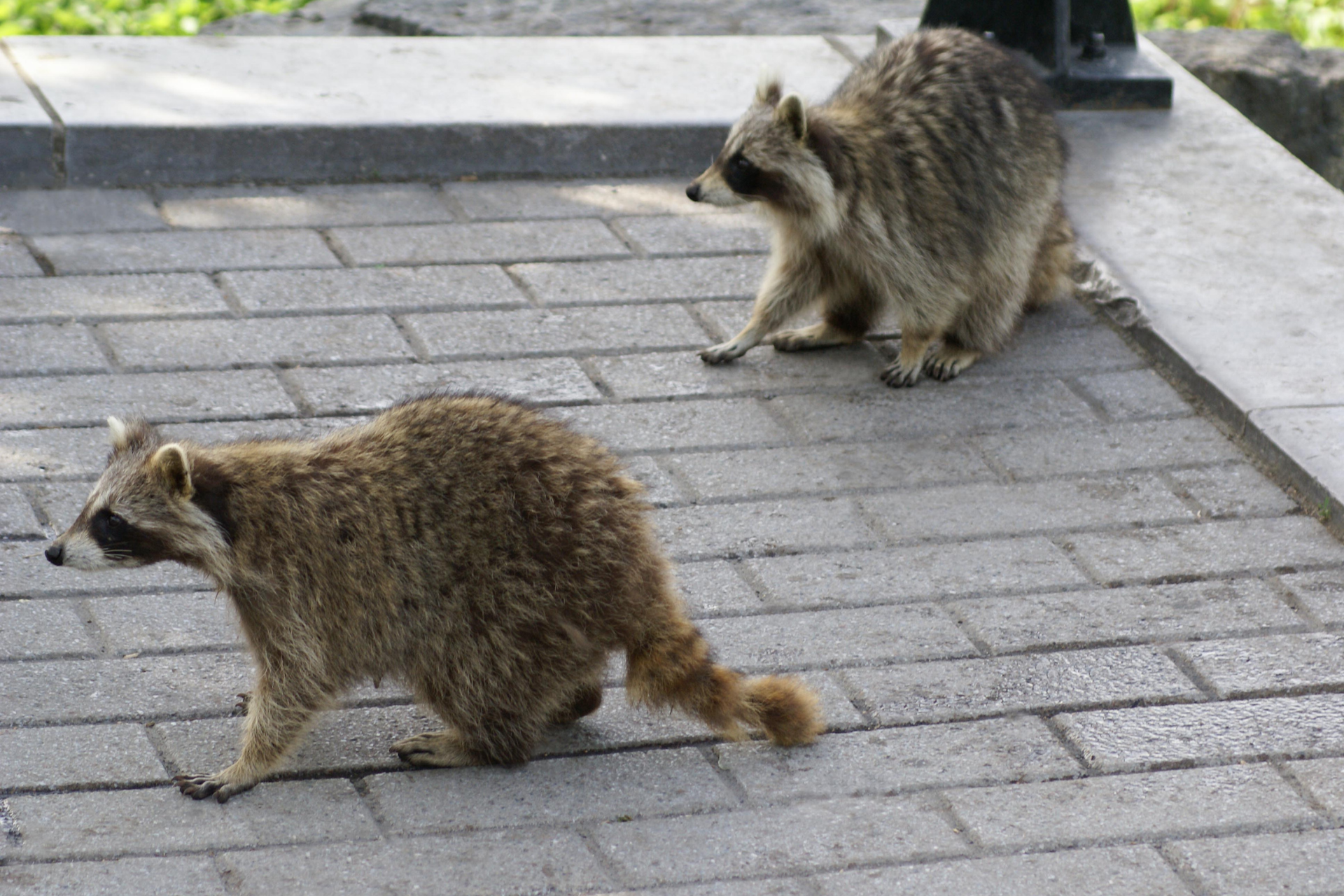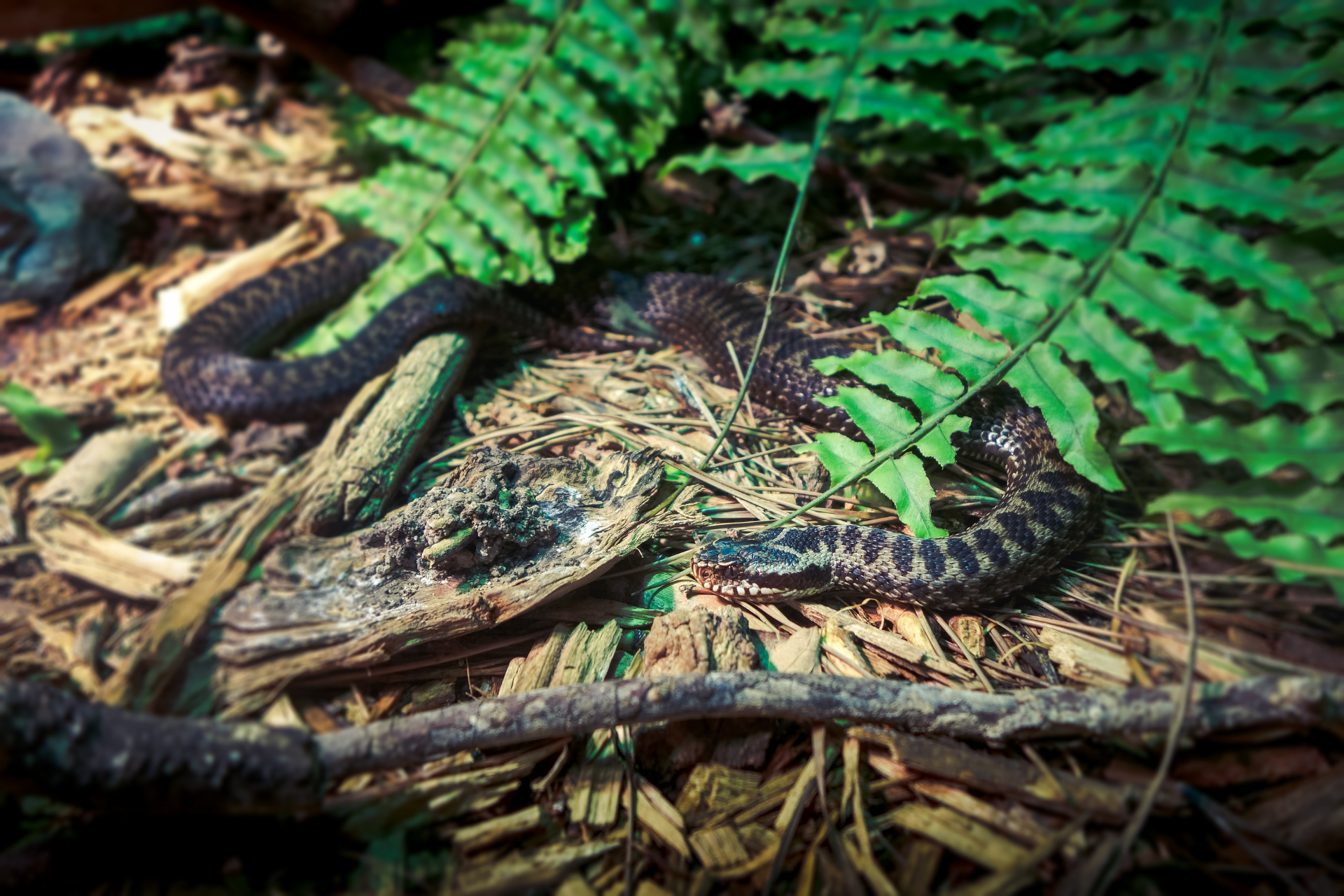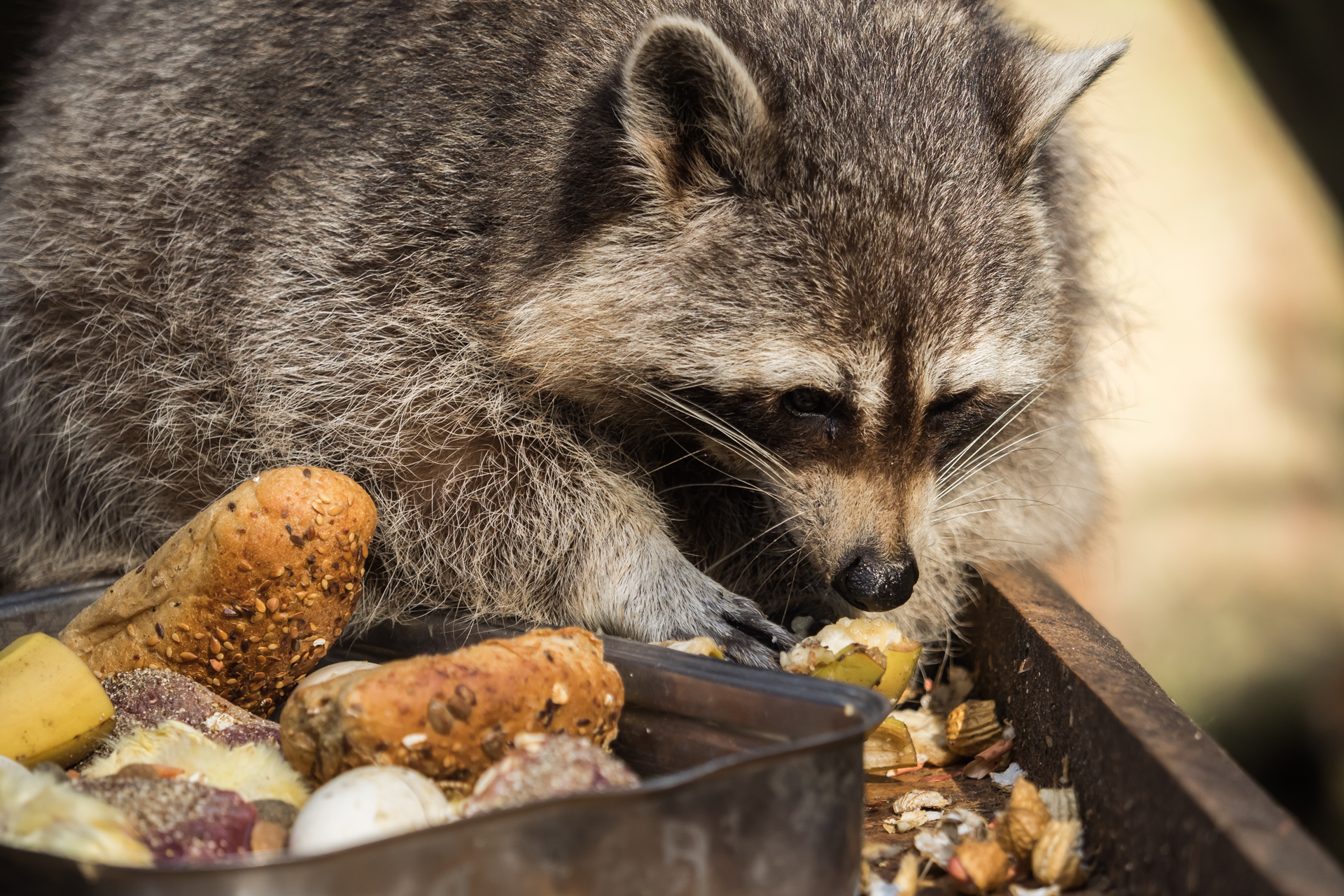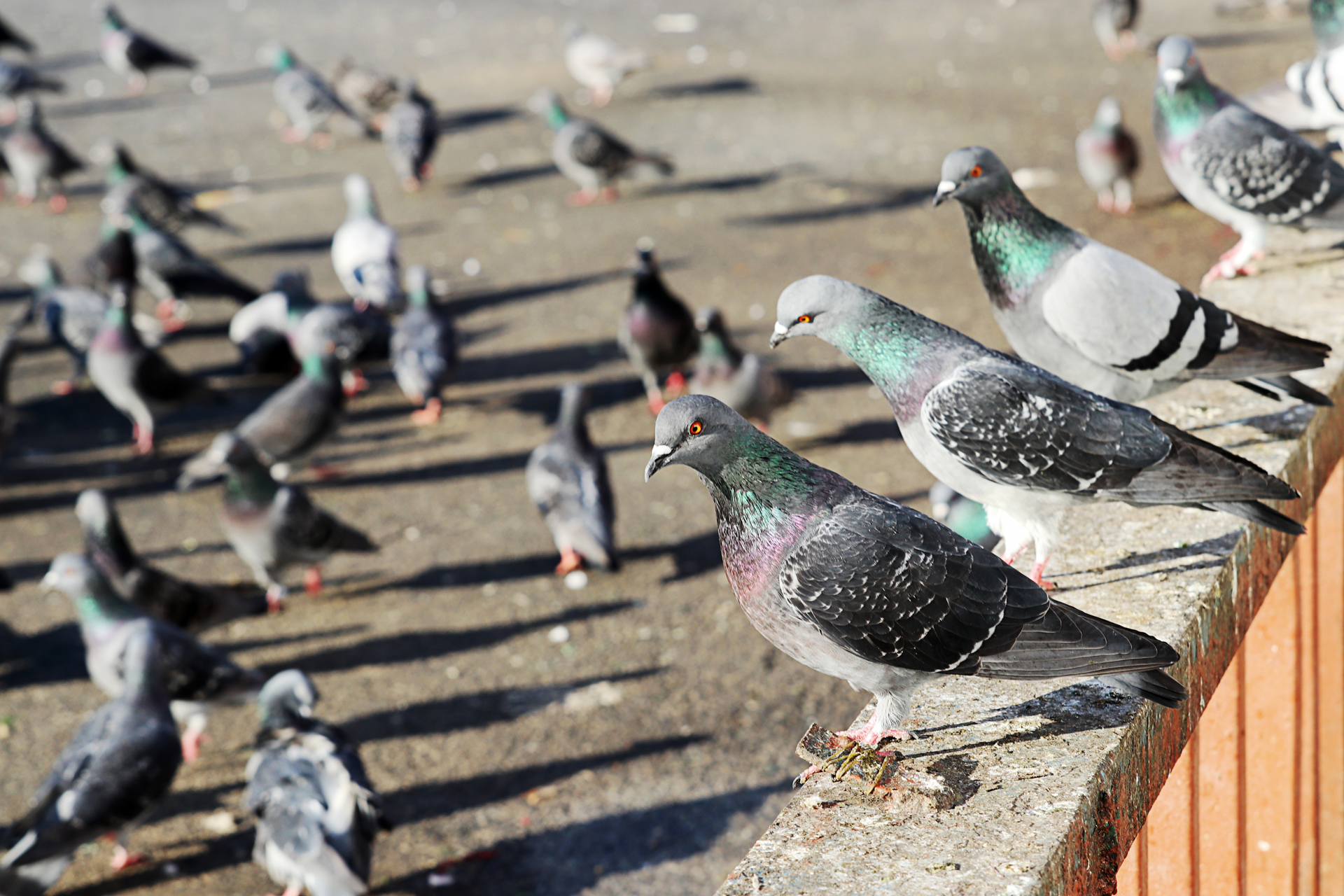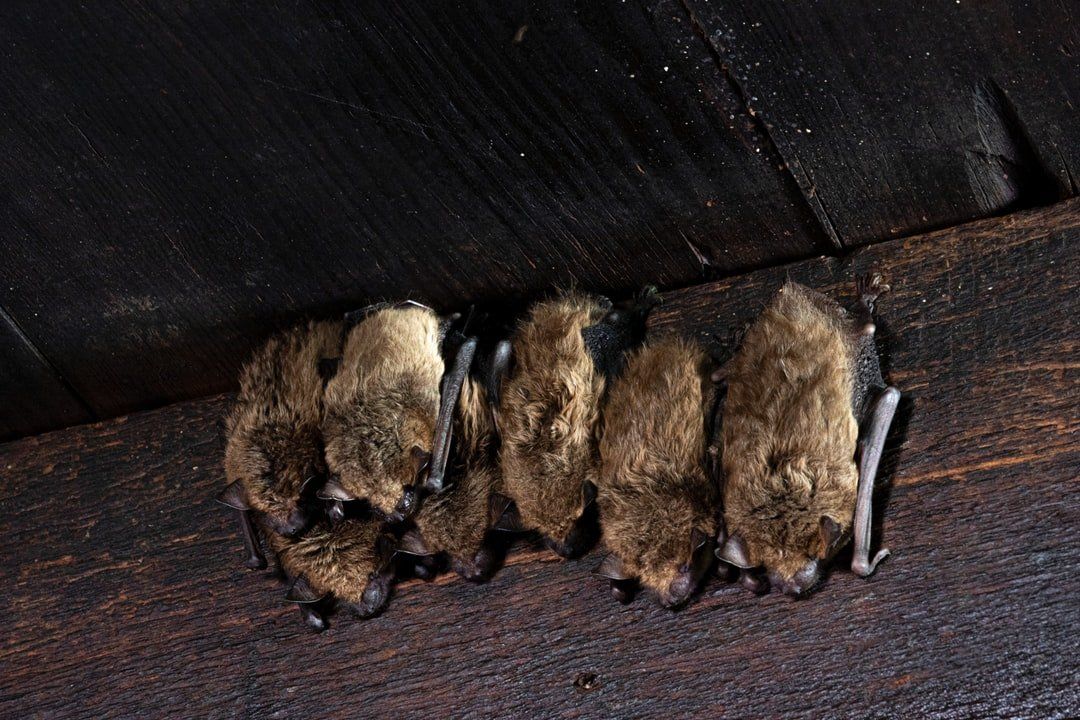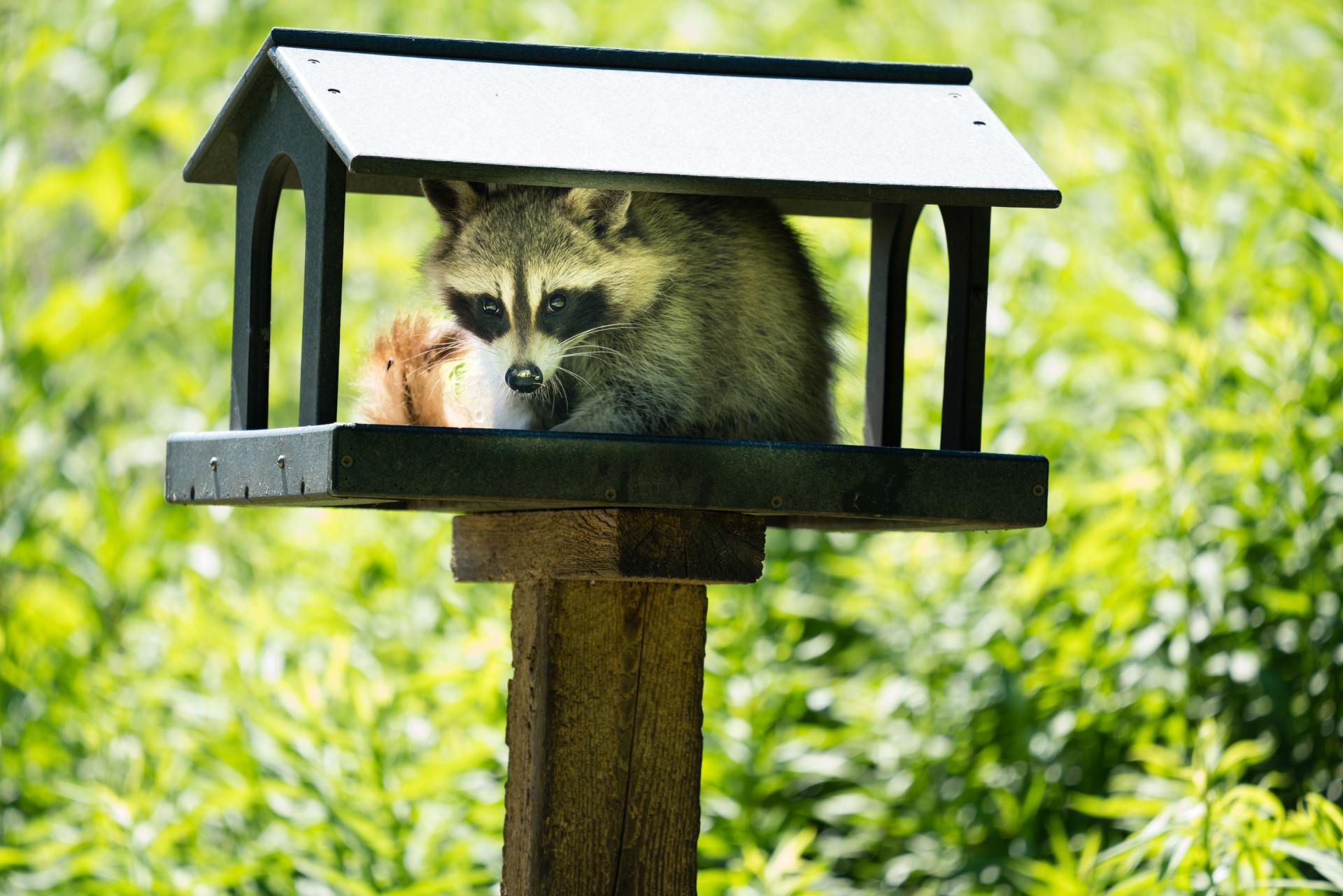Seasonal Animal Intrusions
How Changing Seasons Drive Wildlife Into Your Home
As the seasons change, so does the behavior of wildlife around us, and with each shift in temperature, food availability, and weather patterns, animals naturally adapt their routines and survival strategies. Unfortunately, as they adjust to these changes, our homes can become enticing shelters. Seasonal animal intrusions are a common occurrence, with different species becoming more active and resourceful as they seek food, warmth, and shelter at various times of the year. Understanding how these seasonal changes affect animal behavior is essential for homeowners who want to keep unwanted critters from turning their houses into a cozy sanctuary.
Spring: Nesting And Birthing Season
In spring, the world outside bursts into new life, and wildlife is no exception. After the cold winter months, animals are busy gathering food and finding safe places to nest and raise their young. During this time, homeowners might notice increased activity around their homes as animals like squirrels, raccoons, and birds search for ideal nesting spots. Trees and other outdoor habitats may provide good locations, but chimneys, attics, and wall cavities also become prime real estate for animals looking to shelter their newborns.
Squirrels, in particular, are notorious for finding small openings around rooflines or eaves to access attics where they can nest. Once inside, they can chew on insulation, wiring, and wooden beams, potentially leading to costly repairs. Similarly, raccoons—who are drawn to chimneys, crawl spaces, and even basement entry points—can become bolder in their quest for a secure location to raise their young. These animals are clever and persistent, capable of squeezing into tight spaces and gnawing through small openings to create larger ones.
Spring is also a time when birds start building nests, often choosing gutters, attic vents, and exhaust pipes for their nesting spots. While this may seem harmless, bird nests can obstruct airflow and lead to vent blockages. This is especially concerning if birds set up nests in dryer vents, where lint buildup and debris can create fire hazards.
Summer: Foraging And Territory Expansion
As the days grow warmer, the abundance of food and long daylight hours make summer an active season for wildlife. Animals are often more visible as they expand their territories and forage for food. However, with food and water in greater supply outdoors, many animals prefer to remain in nature rather than venture into human spaces during this time. Yet, summer can still bring certain critters closer to homes, particularly if they find easy access to food or shelter.
Rodents, for instance, tend to be very active during summer, and they often seek out easy food sources. If garbage cans are left uncovered, compost piles are accessible, or pet food is left outdoors, rodents will quickly take notice and start frequenting these areas. They might not seek direct entry into the home during the warmer months, but the more frequently they visit a property, the greater the chances of them eventually finding a way inside. Ants are another common summer visitor, frequently entering homes in search of food and water. Leftover crumbs, spilled liquids, and even leaking pipes can attract ants indoors, where they often establish long-lasting colonies that can be difficult to control without professional assistance.
For homes near water sources, raccoons and snakes are also more active in summer. Raccoons are known to investigate homes looking for food, especially in areas with bird feeders or pet food left out at night. Snakes, meanwhile, might be drawn to cool, shaded areas around homes, such as basements or garages, where they seek refuge from the summer heat.
Fall: Preparing For Winter
As the weather cools and food sources start dwindling, animals become acutely aware of the approaching winter and take proactive steps to secure warm, protected shelter. Fall is a particularly busy season for pests like mice, rats, and bats as they start scouting for suitable hiding spots to spend the winter. These creatures have an uncanny ability to detect openings in structures and are known to squeeze through even the smallest gaps. Mice, for example, can slip through a hole no larger than a dime, while rats need only a quarter-sized opening. Once inside, they can cause extensive damage, gnawing through insulation, wiring, and drywall as they create nests.
Squirrels, too, increase their activity in fall, gathering and hiding food supplies to help them survive the winter months. Homeowners often notice squirrels scurrying around yards, storing acorns or other foods in the ground. However, some squirrels decide to nest inside attics where they find warmth and protection. This can become a serious issue as squirrels chew through wooden beams, insulation, and other materials.
Fall is also the time when bats search for secure roosting spots for hibernation. As they are attracted to quiet, dark areas, attics and wall spaces are appealing options. Unfortunately, bat colonies can cause serious problems if they gain access to your home. Bat droppings, also known as guano, accumulate quickly and pose serious health risks, including respiratory illnesses if disturbed. Additionally, the presence of bats may attract other pests, like mites and fleas, which can quickly spread.
Winter: Seeking Warmth And Safety
Winter is when animals are most likely to enter homes in search of warmth and food, as natural resources become scarcer and temperatures drop. Rodents, in particular, are more determined to find a way indoors. Mice and rats seek warm spaces where they can nest comfortably throughout the winter months, and they may chew through wiring, wood, and drywall to create entry points. Once inside, they can reproduce quickly, leading to an infestation before homeowners even notice the problem.
Raccoons and opossums may also seek out basements, crawl spaces, and attics during winter. With their thick fur coats, they are hardy animals but still prefer sheltered areas to ride out extreme temperatures. Homeowners with unsecured garbage bins or food storage areas in their garages or basements may unwittingly attract these animals, which can then lead to structural damage and hygiene issues.
For bird species that don’t migrate, such as starlings, winter is a time when they seek warmth in attics, chimneys, and wall cavities. They may also find shelter under eaves or behind shutters. Birds that nest in or near homes often create blockages that prevent proper ventilation and airflow, potentially leading to condensation issues and water damage.
Preventative Measures Year-Round
To protect a home from seasonal intrusions, homeowners should take proactive steps year-round. Sealing potential entry points is crucial in preventing animals from sneaking indoors, especially as they become more determined during colder months. Attic vents, crawl space openings, chimneys, and garage doors should all be checked regularly for vulnerabilities. Investing in weather-resistant materials and installing exclusion devices can go a long way in keeping critters out.
Food storage is another key factor. Using rodent-proof containers, covering garbage cans securely, and keeping pet food indoors are effective ways to minimize attraction. Homeowners should also maintain a clean environment in outdoor areas, especially around compost piles, bird feeders, and gardens, which can serve as beacons for hungry wildlife.
At Veteran’s Pride Wildlife Control, we understand the seasonal challenges that come with living close to nature. Our professional wildlife management services are designed to address these seasonal intrusions effectively and humanely. By employing the latest in exclusion techniques and prevention strategies, we work to keep your home safe and free from wildlife disturbances throughout the year. If you’re facing seasonal animal intrusions or want to safeguard your property, contact Veteran’s Pride Wildlife Control today for reliable, professional assistance.
All Rights Reserved | Veterans Pride Wildlife Control

